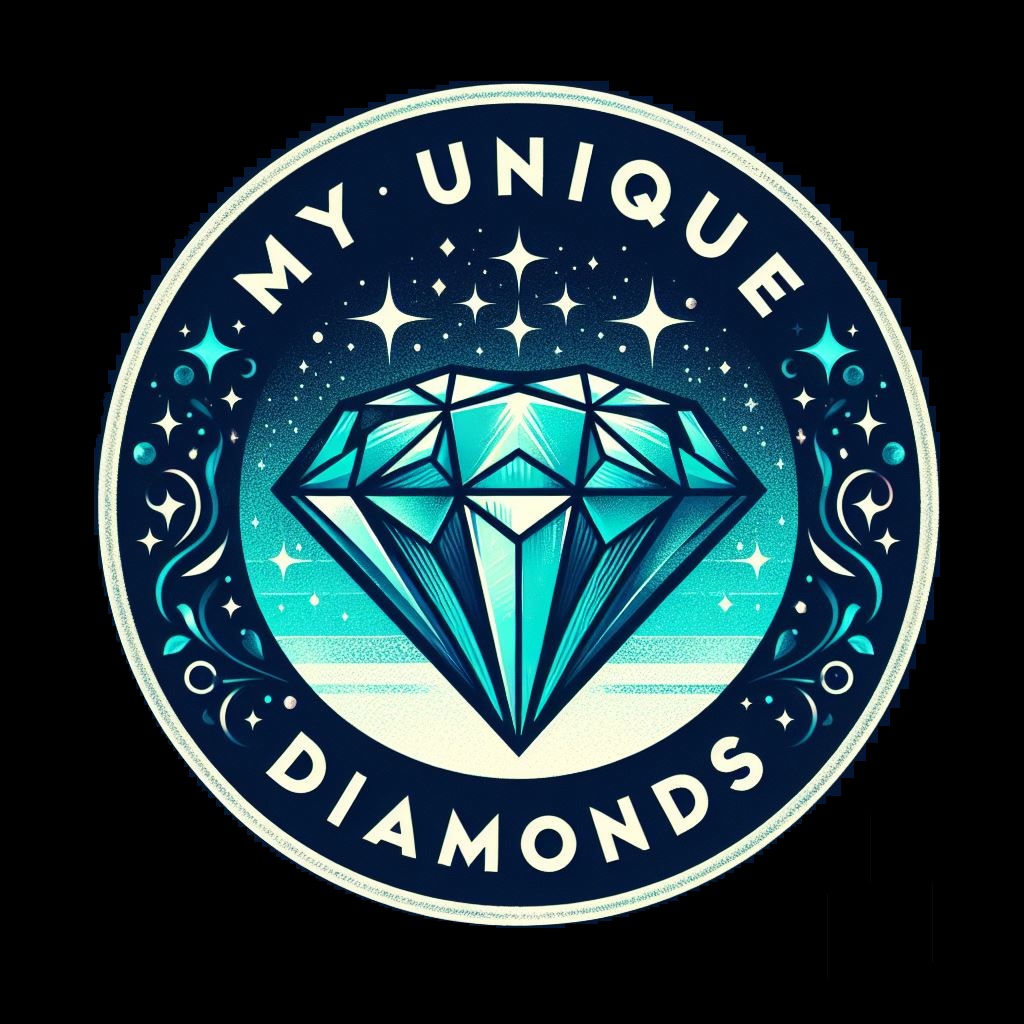I’m going to cut straight to the chase: when we talk about ethical diamonds, we’re dealing with much more than just shiny stones. This isn’t just about their sparkle; it’s also about the impact they have on the world. ‘Ethical diamonds’ refers to gems that are mined and sold with consideration for humanitarian and environmental standards.
Now what does that actually mean? It involves taking a hard look at where diamonds come from. There’s been a lot of debate and concern over conflict diamonds, also known as ‘blood diamonds’, which fund armed conflict and civil wars. But the story doesn’t end there. Ethical diamonds also address issues like harsh labor practices and environmental degradation associated with diamond mining.
So you’re going to find out about the different labels diamonds can carry. There’s ‘conflict-free’, which means a diamond hasn’t funded a civil war, but might not address other ethical concerns. Then, there’s ‘fair trade’, which suggests a commitment to better working conditions and fair pay for miners.
What I’m here to help you with is getting a clearer picture of how to make a responsible choice. The good thing is, awareness is growing, and so are options for consumers looking for assurances that their jewelry doesn’t come at a high human or ecological cost.
You might be wondering how exactly you can ensure a diamond’s ethical status. That’s the strategy I like to leverage into the next part of our exploration. Ensuring transparency isn’t easy, but it’s crucial, and there are steps and measures in place that you should know about, which we’ll cover next.
Ensuring Transparency: Steps to Certify Your Diamond’s Ethical Origin
Trust is a cornerstone in the journey of purchasing an ethical diamond. To foster this trust, certification plays a crucial role. I’m going to steer you through the process of how your diamond can earn its ethical credentials, ensuring peace of mind.
First up, let’s talk about the Kimberley Process. This certification scheme was established to prevent ‘conflict diamonds’ from entering the mainstream market. It requires governments to certify that shipments of rough diamonds are conflict-free. However, know that it isn’t foolproof – it tracks diamonds on a macro level, but individual stones may lack traceability. So, while it’s a good starting point, don’t rely on it as your only source of comfort.
For an added layer of assurance, look for the System of Warranties. This is a voluntary program where traders provide a written guarantee on invoices stating that their diamonds are from conflict-free sources. These warranties stick with the diamond, creating a paper trail that gives you a chronological map of its journey.
Yet, here’s something you might not know: both these systems trace the diamond to a point but may not cover the entire journey from mine to market. That’s where the role of reliable retailers becomes pivotal. Choose jewelers who are transparent about their supply chains and can provide detailed background information on their diamonds.
Gaining a deeper understanding of a diamond’s history isn’t a mere luxury – it also impacts the livelihoods of those who unearth these gems. By insisting on a diamond’s documented journey, you invest in ethical practices and safe working conditions for miners.
Is there more you can do? Absolutely. Individual accountability is powerful. Ask questions, request documentation, and if a seller can’t give you solid answers, consider it a red flag. Your choices have a ripple effect, and by valuing ethics over ease, you shape the industry.
With the map of your diamond’s past in hand, you’re now better equipped to move forward. It’s not just about the shine on your finger; it’s about the stories and lives touched along the way. And soon, I’ll show you how to take this information and confidently select an ethical diamond that not only sparkles but also proudly carries the 5th C – Conscience.
Beyond the 4 Cs: Choosing an Ethical Diamond with Confidence
When it comes to diamonds, clarity, color, cut, and carat weight have long been the standard metrics of evaluation – but there’s a growing movement to consider a fifth C, which stands for Conscience. Your choice to invest in an ethical diamond reflects a commitment to social and environmental responsibility – and it’s a choice that resonates deeply with a lot of consumers today.
Don’t worry too much about navigating this complex landscape alone. I’m here to help you with practical steps to ensure that your diamond purchase aligns with your values. You’ll want to start by researching retailers and brands with a strong track record of ethical practices. Look for those that provide detailed information on their sourcing and labor standards, and don’t hesitate to ask them direct questions about their supply chain.
Choose something that resonates with you. For instance, some companies offer diamonds sourced from specific mines known for their ethical practices, or diamonds that have been sold to benefit a local community. Make your decision not just on beauty or budget, but also on the impact of the purchase.
Remember: Your first attempt at selecting an ethical diamond doesn’t need to be your last. As the industry evolves and more options become available, you can always adjust your approach down the road. Ultimately, buying an ethical diamond should leave you feeling good about your purchase because you’re contributing to a more sustainable and equitable industry while also acquiring a beautiful gem.
